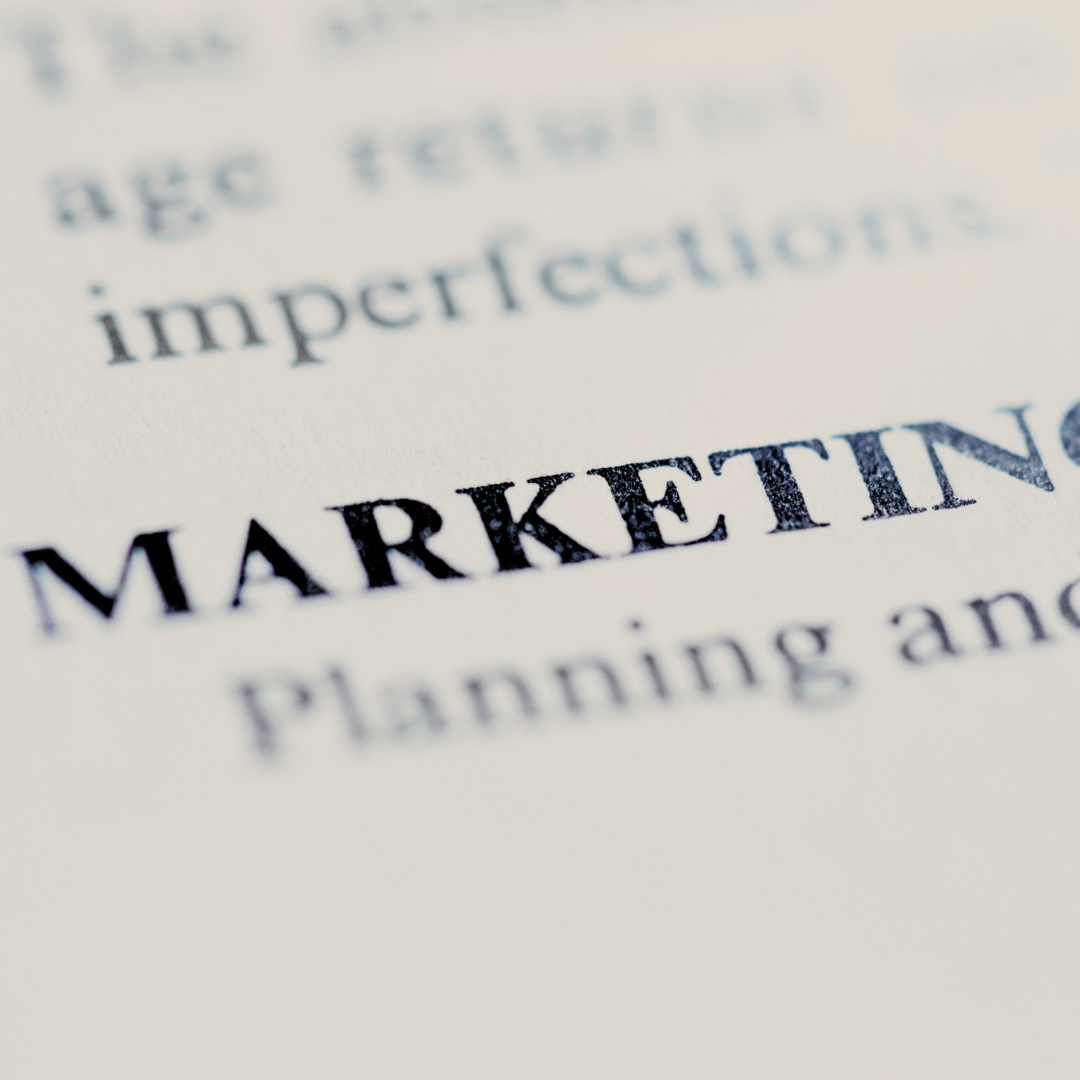SEO Tips Before You Start A New Website Redesign
Shannan K. DuShane | March 2017 | Spectrum Net Designs, Inc
SEO is an important factor that needs to be part of the preliminary planning process of a
website. It takes time with using best proven practices to get to the front pages of your most popular search engines such as Google, Yahoo, Bing/MSN and a few others. Traffic does not just find your site, it takes work. Look at seo like this, imagine a piece of paper suspended by a single string blowing in the wind, same concept in that, you need a plan to find it and secure a solid position in the search engines.

The first question you should ask yourself or your team; why are you considering a new website?
Well there are many factors that can come out of this. First you have a lot to lose if you are ranking high, but there is more to gain too. Due to this, there are specific procedures that you want to make sure you execute.
Here are my Top 9 SEO Tips Before You Start a Re-Design
- Audit. First things first, audit your current website. What’s missing, what would you like to change, discuss this with your team and make a list to discuss with the development company. Take a min and check out SEM Rush audit report of your website now. Check your site’s health, and prioritize seo issues and warnings.
- Data Migration. Back up your current website, data, images, and especially your meta data and url structure currently in place. Once it’s gone there is no retrieving it. Having your current url structure will assist the development company in ensuring that your old url’s will point to your new url’s to keep a user-friendly environment and experience for your audience. While 404 errors are fatal to user experience, they are easily corrected. Take the time to do this in the beginning and your audience will thank you.
- Navigation. What does your current navigation look like, is it text based or images? Does your audience have to click more than 3 times to get to the content they are looking for? These are items that should be considered, and have a lot to do with your search engine rankings. Crawl depth is very important and Googlebot looks at this as one of their ranking factors. The rule is 3 clicks or less, your users should be able to find information. Your navigation should be all text based and not images. Search engines can’t read images unless they are text based or have alt tags on them, so this is very important, and can help with keywords in your website.
- Design. Well above the fold design to be specific. Now days everyone scrolls so this isn’t always the best practice. If you have a website that sells a service then this could work for you, but if you have a product, eCommerce, or other type of website, there really isn’t a standard other than my next point of user experience (ux). Analyze other sites in your industry across the map and see what the upward trends are to see what is gaining popularity.
- User Experience. What does your audience have to say about your website? Do you get any feedback or do you have a high bounce rate that never seems to drop? Items that can help your search engine optimization is user friendly buttons, size appropriate text and common use of fonts in your navigation, buttons and content. These factors can be the reason for drop of visitors on your site and drop on the search engines. Google can measure the text size and mobile friendly attributes and more and rank you based on user experience. Keep an eye on these and correct what you can to help you rank better. You can check to see if your website is mobile friendly with Google’s mobile-friendly test!
- Readability. The content of your website tells a story about your company. It also helps Google read your site properly and rank it accordingly. How well that content is understood, verbiage, context, grammar and punctuation is how the audience will perceive the readability. This doesn’t mean that you need to dumb down the content for a kindergartner, it means don’t use words no one has heard of or can’t pronounce – use your natural language. The content within your site will promote itself to get your message across to your audience if your readability is in order.
- Responsive Design. Mobile friendly design is probably the biggest feature for a business website. Make sure you talk to your development company about ensuring your new site is mobile friendly and responsive design. This not the same as having a mobile website, that is a separate website that is strictly for mobile users. Having a responsive design is built into your website without the distraction of having multiple sites to manage. Another large benefit is Google Mobile First Indexing. You can read more about it on the Google Webmaster Central Blog.
- Security. Over the past few years Google has been taking into account whether sites use secure, encrypted connections as a signal in search ranking algorithms. They have started to use HTTPS as a ranking signal in your search engine optimization. This doesn’t mean you have to run out and purchase the best of the best SSL (security certificate) for your website, there are minimal certificates that will do the job without spending hundreds of dollars. Check with your development company about your options.
- Speed. Does your site take forever to load right now? Did you know that can affect how the search engine perceive your website. Check your site. Heavy loading sites rank lower due to the poor user experience. You are looking for your website to load under 3-4 seconds, no matter how large it is, make sure you have Java and CSS compressed, watch your HTTP requests and browser caching. These factors and more can greatly affect your sites ranking on search engines. HubSpot offers a free website grader free of charge, check it out.
SEO is an ongoing monthly process from analysis, changes, monitoring, testing, strategy, and fresh monthly content. SEO also includes technical changes in the back end from the architecture to crawl depth and page speed. Making sure best practices are being used with optimized images, and updated meta data is present. I always tell our clients, the average time to see changes is normally 4-6 months of active and ongoing changes to the site. In the past customers have come to me after 3 months and tell me they can’t justify the cost with no results to show, that tells me they were never in it for the long haul and had no realistic expectations of the plan we set forth in the beginning, if you can’t budget your seo campaign for a 12-month time frame you shouldn’t invest at all, search engine optimization is a long term marketing tactic that needs time and patience to build not a month to month marketing plan.






